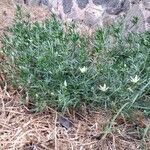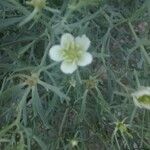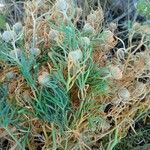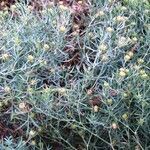| Therapeutic use
|
Asthma (leaf), Antirheumatic agents (leaf), Colic (leaf), Dysmenorrhea (leaf), Gallstones (leaf), Hiccup (leaf), Hysteria (leaf), Neuralgia (leaf), Lice infestations (root), Adrenergic antagonists (seed), Analgesics (seed), Anthelmintics (seed), Anti-bacterial agents (seed), Antifungal agents (seed), Anti-infective agents (seed), Antipyretics (seed), Antirheumatic agents (seed), Antiviral agents (seed), Asthma (seed), Cestoda (seed), Cholinergic antagonists (seed), Colic (seed), Dysmenorrhea (seed), Emetics (seed), Fever (seed), Histamine antagonists (seed), Hypnotics and sedatives (seed), Hysteria (seed), Narcotics (seed), Neuralgia (seed), Parasympatholytics (seed), Sleep aids, pharmaceutical (seed), Abortifacient (unspecified), Alterative (unspecified), Aphrodisiac (unspecified), Asthma (unspecified), Calculus (unspecified), Cancer(Uterus) (unspecified), Colic (unspecified), Diuretic (unspecified), Dysmenorrhea (unspecified), Emetic (unspecified), Emmenagogue (unspecified), Eye (unspecified), Eyesight (unspecified), Fever (unspecified), Fumigant (unspecified), Lactogogue (unspecified), Laryngitis (unspecified), Malaria (unspecified), Narcotic (unspecified), Parkinsonianism (unspecified), Pediculicide (unspecified), Poison (unspecified), Rheumatism (unspecified), Stimulant (unspecified), Stupefacient (unspecified), Sudorific (unspecified), Urogenital (unspecified), Vermifuge (unspecified), Hiccup (unspecified), Parkinsonism (unspecified), Soporific (unspecified), Repellant(Insect) (unspecified), CNS depressant (unspecified), CNS stimulant (unspecified), Hysteria (unspecified), Intoxicant (unspecified), Jaundice (unspecified), Neuralgia (unspecified), Anodyne (unspecified), Nerves (unspecified), Abortifacient agents (unspecified), Amenorrhea (unspecified), Anthelmintics (unspecified), Aphrodisiacs (unspecified), Encephalitis (unspecified), Galactogogues (unspecified), Hypohidrosis (unspecified), Menstruation-inducing agents (unspecified), Abortifacient agents (whole plant), Analgesics (whole plant), Aphrodisiacs (whole plant), Galactogogues (whole plant), Menstruation-inducing agents (whole plant), Molluscacides (whole plant), General tonic for rejuvenation (whole plant), Antiperiodic (whole plant)
|










